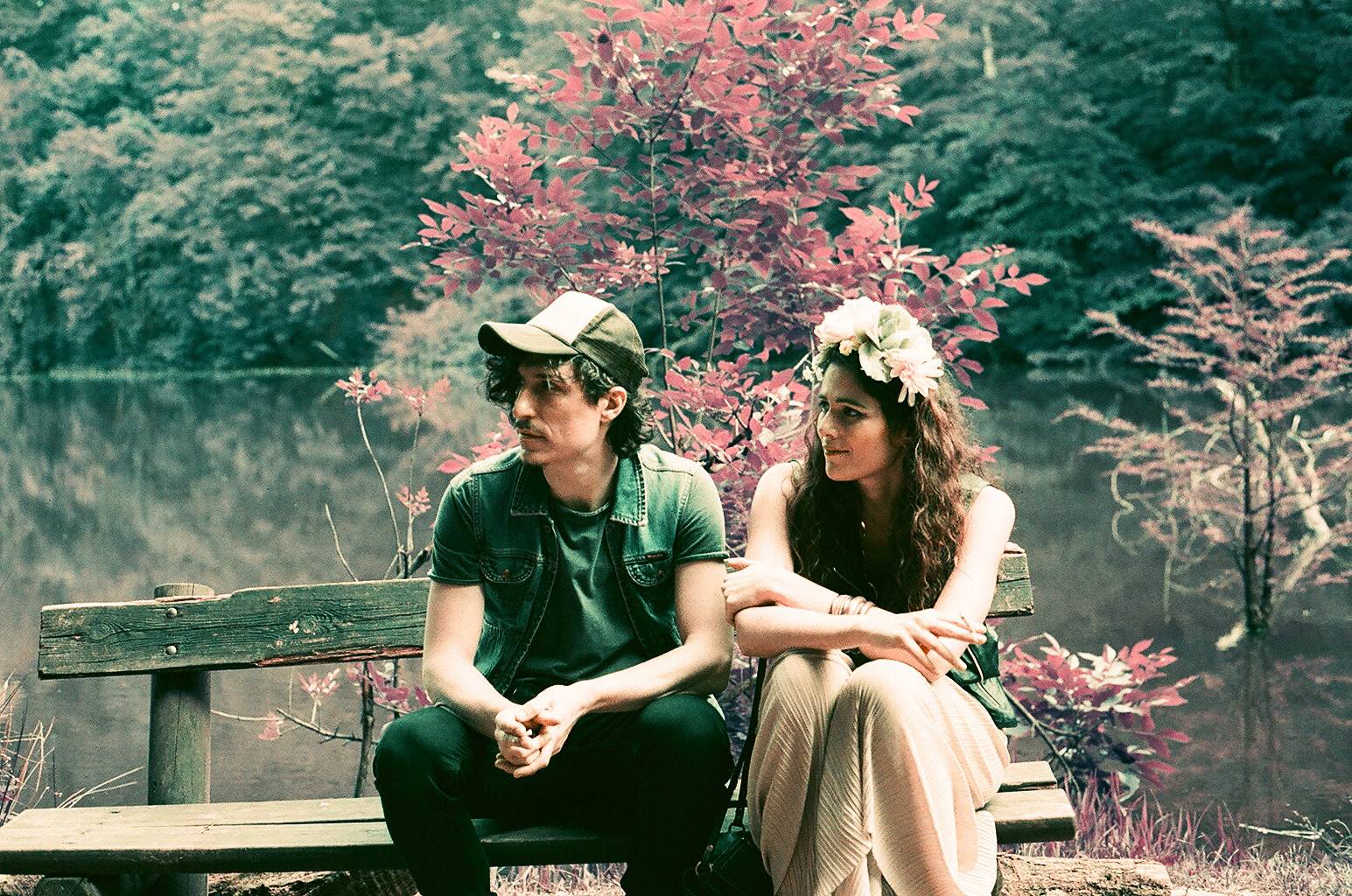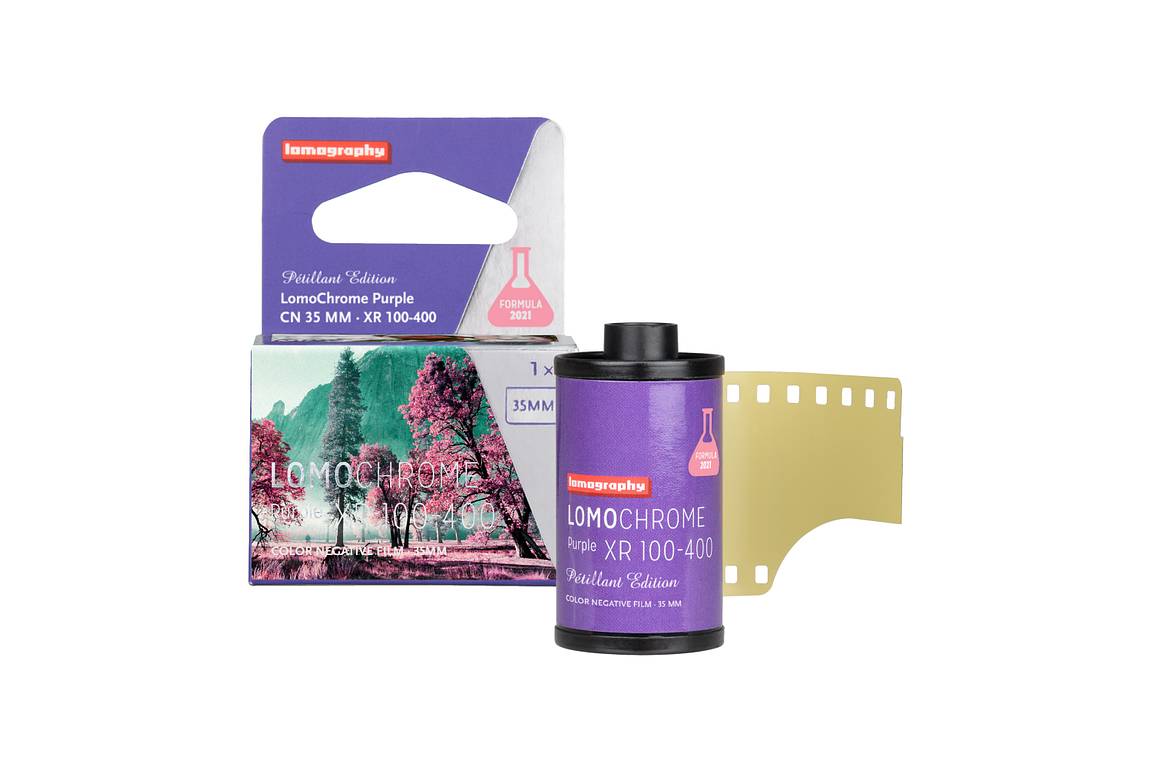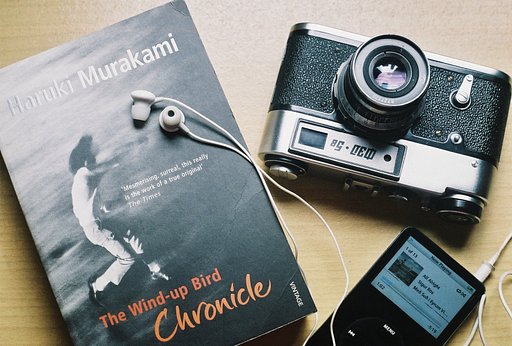Erresullaluna and Chuli Paquin: Sophisticated Modern Decadence (NSFW)
7 Share TweetErresullaluna and Chuli Paquin are a couple in the arts and in life, which stands out for a photography full of meanings, extratextual references, and stylistic elements. For their works they use both digital and analog photography, switching between commercial and personal projects. Let's get to know the story behind their photos in this interview.

First of all welcome to Lomography and congratulations for all your work. Can you tell us about yourself, how did your paths cross and how was your project born?
Thank you for hosting us and for the community you created! Our lives crossed randomly and luckily seven years ago thanks to friends' relationship. With time, the imposed company allowed us to get to know each better, and despite being very different we found a lot of common interests. Now, we are a couple both at work and in life, and for us, it was a gradual but amazing process.
Our photographic project was born in 2012, when Chuli also started to participate in the planning and preparation of all setting, besides modeling for me (Roberto/Erresullaluna).

What is your photographic background? What is the story and meaning behind your names?
CHULI: I have a passion for photography since high school, but often I choose to focus on other interests and responsibilities. Meeting Roberto allowed me to go back and fully dedicate myself to this stimulating activity. Regarding my stage name, it's only a modification of my real name made by my friends. When I first registered to various social networks it was normal for me to use it.
ERRE: Thanks to my parents, which were passionate about photography and taught me everything about it, I've been taking photos since I was very young. Erresullaluna is the name I use to publish on the Internet since the beginning. It was born mainly because it was nice to hide yourself at that time. There were masks on stage, tags on the walls and we could hide behind a nickname online and completely separate our real life from the artistic one. 2004 and Facebook changed everything and now I have this funny name associated with my real identity forever.
How do you organize your work? Do you share the tasks or you do everything together?
This is a difficult question because with the evolution of the work and because we are getting to know each other more and more, our roles are less and less clear and almost interchangeable. When we start a new project, we try not to leave anything to chance, so we prepare all phases almost obsessively, but without giving ourselves specific tasks. It can often happen that one of us has an intuition and the other will help him in the research. We reached a point where even if only one is photographing, the other is able to integrate the work using the same technique but with a different vision. To reach this point, years of work and life together were necessary, and the journey has not ended yet.
Which are your favorite photographers?
Ren Hang and Nobuyoshi Araki are the ones we agree on at the moment. Individually instead, Roberto has always been in love with Gilbert Garcin, while I (Chuli) grow up with Anton Corbijn's black and white and David LaChapelle's colors. His portraits inspired by classic and modern art deeply influenced me.

Could you tell us about your photographic style? What is the central idea of your series and what has been your evolution throughout all these years?
I think we can define our style as artificial: everything we shoot is planned and directed by us in details. I do not know if we can visualize one central idea. Our pictures represent everything we have had around us since we are children and has been influencing us: catholic symbols, pagan traditions, books in the libraries and the decorated wallpapers that deteriorate in forgotten villas. These things belong to us inevitably.
Instead, from a photographic point of view, the answer is surely the color, and we believe the more we continue the more it will gain relevance.

Tell us about some of your projects that you particularly care about.
Our main project, that we carry on since years and we do not know yet when and if it will end, is Modern Muses. It was born spontaneously and it grew throughout the years as a study on the possibilities to build artificial portraits in the present as they used to do in the past, full of mythological references and surrounded by a surreal aura. People in these portraits are never themselves. Actually, this is the common aspect of our personal projects: they are studies and research that we could expand or get back to anytime.
What did it push you to portrait nudes? How do you choose your subjects? And have you ever encountered critiques regarding this issue?
Most people that modeled for us answered to a call on Facebook. The fact that we use normal people allowed our pictures not to be misinterpreted. Regarding nude, we never received serious, strong critiques that upset us. It still a choice we always reflect on, even if for us it does not want to be a provocation. We use bodies as shapes, they are of service to simply say something, as a painter uses squares and triangles.

Throughout all these years we have been lucky enough to photograph people coming from different disciples and arts: dance, theater, sports, weight lifting, acrobatic yoga.

For which projects do you prefer using film? Which gear do you usually rely on and what do you think about the results?
One year ago we had the chance to work for the music video Persi nel telefono by the Italian band "I Tre Allegri Ragazzi Morti". We were supposed to curate the artistic direction, but we brought with us one Lomochrome Purple film load on a Holga and one on a Yashica fx3, hoping to have the time to take some pictures and in a good general result.
Eventually, the color chosen to edit the video was the pink of our images. It was the first time we used the Lomochrome and we fell in love.
A few months ago we have been called to shoot the backstage of Festareggio, and we choose to only use film. It was a risky move that gave us a lot of satisfaction. We shot Instax portraits of the artists and the live events with Lomochrome, Kodak and Fomapan film load on a Yashica fx3 and a Leica Minilux: we didn't know what to expect and we remained pleasantly surprised.
While we used to rely on film mostly for personal pictures and to remember our moments, after these experiences we started to shoot also with film, and once we collected a bit of material we subscribed to Lomography. Now it can often happen that one of us is shooting in digital while the other in film so together with our "common" images, we collected much more "realistic", simple and honest portraits. This does not mean that in our digital photography there is manipulation, but the film gives back a raw image of the person's portrait. Here they are truly themselves. When we aim to this result we use film. For example, when a newspaper asks us to shoot each other and investigate the border between the male and the female body, we had no doubt on the tool to use.

In your works we can perceive several extratextual, symbolic and conceptual references. Which are the main topics you refer to?
A lot comes from literature, painting, and sculpture. At the same time, we both studied Freud and Jung's thought about the symbol, and Jodorowsky's about the staging as a metaphorical act. Besides the content of our pictures, maybe this is the central idea that links everything: the value of the symbol as a universal gesture, which concerns everyone and it's still contemporary despite being an antique concept. Because of this, we mostly look at mythology and we are inspired by the art that narrates it.
What do you think about Lomography? Does it represent something for you?
ERRE: Lomography is a travel companion. Since 1999 I own an LC-A and since 2001 a Holga. I bought my Lomo Fisheye at the Barrio Alto in Lisbon in one of the very first Lomography Stores, and my second Diana later in Madrid. Then someone gave me a Four Lens as a present... if I think about it almost all cameras of my real and travel life were made by plastics belonging to the Lomography world.
CHULI: I know Lomography thanks to Roberto. I have always used my father's Yashica, and only when I met Roberto I started experimenting more with his cameras and enter into this world. Lomography is surely an invitation to experiment, but also a space where I met and found amazing artists and it gave me a lot of satisfaction.

Thanks a lot to Erre and Roberto for sharing with us their thoughts and projects. Have a look at their website, Facebook and LomoHome for not missing their latest works. If you are also interested in participating in one of their projects, you can join their Facebook group.
written by lomosmarti on 2017-05-21 #people #35mm #photography #analogue-photography





























No Comments